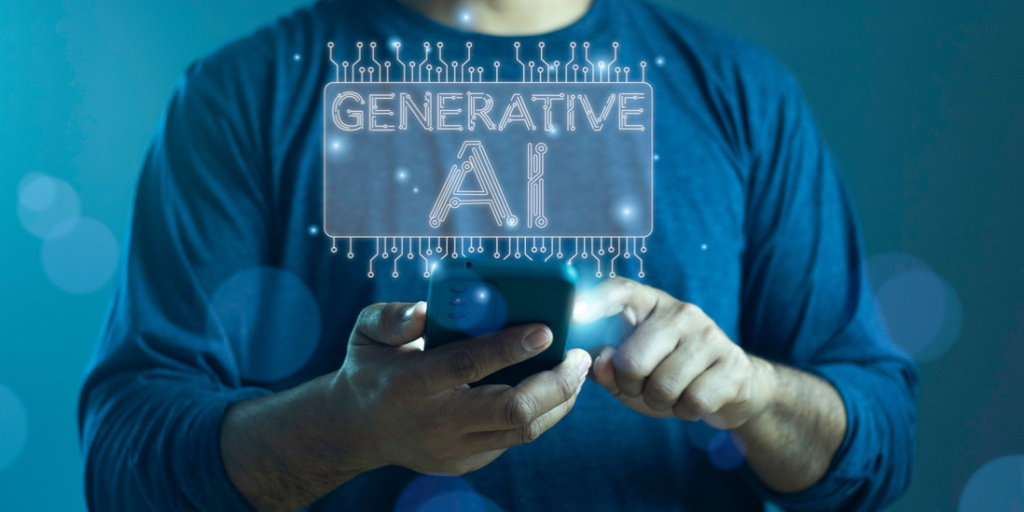Communication is good; AI-enhanced communication is great.
On average, 25% of employees across various demographics worldwide reported experiencing symptoms of burnout, according to McKinsey. Yet, companies that maximize AI to adopt administrative and monotonous responsibilities have the power to minimize remedy this issue.
When burdened with time-consuming and repetitive work that takes employees away from what they are passionate about, they are left feeling depleted, emotionally distant, and paralyzed by the tasks ahead of them.
Humans are screaming for a helping hand in supporting patients, colleagues, suppliers, and stakeholders and providing solutions quickly and logically. Those who streamline communication processes and gather insights efficiently better position themselves to meet the demands of their job. But when operating against the clock, it’s imperative that they retain a calm and professional temperament when dealing with work colleagues or demanding customers even when working under high levels of stress.
This is where AI could make all the difference. Its ability to offer services like tone assistance, quick-answer responses, real-time translation, and audio-to-text conversions facilitates collaborative efforts among professionals, patients, and customers, regardless of their background. By automating elements of communication processes, employees gain valuable time to invest in the tasks they enjoy.
From the board room to hospitals, here’s how AI alleviates pressure on workers and empowers individuals and communities across the globe to collaborate.
Provide Accessibility and Inclusivity
Employers underestimate the workplace’s impact on employees’ mental health and well-being. In fact, 60% of employees expressed feelings of burnout due to a lack of inclusivity in the office. This feeling is emphasized further for those struggling with disabilities.
Up to now, being part of team events has been difficult for those with disabilities such as mobility issues, sight impairments, or trouble hearing. They are reliant on access support, in-person sign-language interpreters, and presentations with closed captions, which aren’t always available. For the 21.3% of individuals with disabilities employed, not having these services means they are either left out or working overtime to digest information not made clearly available to them.
Nevertheless, today, advancements in remote workspaces, along with speech-to-text and text-to-speech technologies, improve employees’ ability to engage with all peers. Streaming all workshops and training online removes accessibility barriers, while audio and text conversions make communicating easier for people with hearing, speech, or sight impairments.
Enabling employees to express themselves more effectively in real time plays an important role in reducing burnout symptoms and creating a more inclusive culture.
Break Through Emotional Barriers
Compassion fatigue, often associated with burnout, is a response doctors experience after expressing over-empathic behavior. They exhaust their compassion and become numb to others’ suffering. And post-pandemic particularly, as mental health awareness has grown, managers have also been subjected to these feelings with their employees. However, in the process of restoring their compassion, generative AI can support both sides of the coin.
Generative AI can support the way workers communicate with their colleagues and peers.
AI’s ability for sentiment analysis and to absorb vast datasets means it can be trained on different vocabularies, terminologies, and phrasings, no matter the country the data comes from or the language it’s in. This means that when it is used to craft answers to a patient query, or a customer complaint, it is able to “read’ the sentiment of that content and provide an attuned response.
These tools can also cater to different communication styles. With AI tone assistance functionality integrated into communication apps, users can effortlessly rewrite chat messages in seconds, changing the tone to formal, chatty, or empathic, for example, and by extension, alter its meaning. The tone of a message could make all the difference in an online interaction.
Managers and workers feeling too hurried, or emotionally depleted would find many benefits from these types of AI enhanced communication tools.
Simplify Knowledge Sharing
Medical teams deal with high-stress situations daily — and are one of the top three industries suffering most from burnout. For example, doctors spend critical time writing notes to share with other nurses when they could be supporting their patients, or taking a well-deserved break.
Instead, by implementing safeguards that align with the Health Insurance Portability and Accountability Act of 1996 (HIPAA), they can protect sensitive patient health information (PHI) while maximizing AI.
HIPPA-compliant generative AI tools can help lower the burden on medical staff by creating detailed summaries of vital conversations and medical tests securely. Its power to convert audio or video files into written form fosters easy reference and knowledge retention, allowing authorized staff to access the information they need quickly and easily.
Alongside having information in readable formats in a one-stop-shop, AI assistant features empower applications to provide instant and contextually relevant patient responses. This can help improve customer support and engagement in services such as Telehealth. Medical teams can use prompts to access and respond to patients with the precise medical research they need at that moment.
However, it’s important to note that AI’s impact on communication is not without challenges and concerns, including issues related to privacy, security, and bias — particularly for regulated industries such as healthcare. As AI continues to advance, organizations will need to carefully monitor the safeguards in place so they can maximize the benefits of AI-enhanced communication safely.
The ultimate promise of generative AI lies not in substituting human capabilities but in empowering individuals and communities to collaborate on solutions in an inclusive manner. AI-driven capabilities continue to grow to boost accessibility and break down communication barriers, playing a pivotal role in reshaping human collaboration and minimizing burnout.
About the Author

Nate MacLeitch, CEO of QuickBlox, is a seasoned business professional boasting over two decades of diverse industry experience, including telecom, media, software, and technology, drawn into the realm of digital communication solutions in the early 2010s.
Sign up for the free insideBIGDATA newsletter.
Join us on Twitter: https://twitter.com/InsideBigData1
Join us on LinkedIn: https://www.linkedin.com/company/insidebigdata/
Join us on Facebook: https://www.facebook.com/insideBIGDATANOW





Thank you for the information.